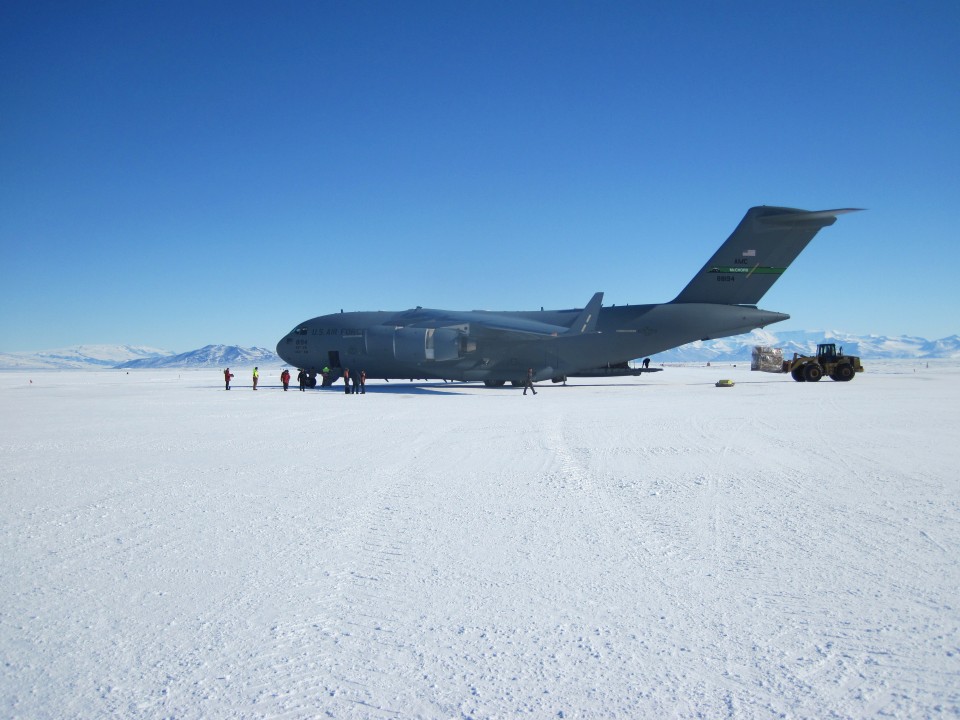Of the seven continents, Antarctica is:
- the coldest (–91°C in 1997)
- the driest (less than the equivalent of 5cm of rain a year)
- the windiest (wind speed of 327km per hour in 1972)
- the highest (average height above sea level of 2500m).
The Antarctic continent including all the islands and ice shelves covers approximately 13,661,000 km2 in area. This is about fifty times the area of New Zealand.
Antarctica is almost entirely covered by ice, with exposed rock only making up about 0.4% of the continent. The ice sheet has an average thickness of about 2450m, reaching 4776m at its maximum. Aoraki Mount Cook is 3724m.
Antarctica is of great interest to scientists: Why do you think so much scientific work is done in Antarctica?
Why is Antarctica so cold?
The Russian base at Vostok, which is 3488m above sea level, is the coldest place on Earth with a mean annual temperature of around –55°C. The coldest recorded temperature at Vostok was –91°C in 1997. The average temperature at New Zealand’s Scott Base is -20°C. Antarctica is cold because:
- the sun is always relatively low in the sky over Antarctica so sunlight is spread over a much larger area than on the equator

- the sun does not rise at all in regions south of the Antarctic Circle for part of the year
- the whiteness of the ice sheets and the sea ice reflect much of the sun’s energy
- temperature decreases by about 1°C for every 100m rise in height and Antarctica has an average height of 2500m
- the Antarctic Circumpolar Current flows completely around Antarctica largely preventing other warmer ocean currents from having much affect
- Antarctica is an isolated continent without any major neighbouring land masses which can have a warming effect on the climate.
Why is Antarctica so windy?
The strong winds are the result of katabatic winds (from the Greek word katabasis, meaning - going down) which arise when cold, dense air lying less than a few hundred metres off the surface at the highest levels of the Antarctic ice sheets flows down towards the coast under gravity. Near the coast these winds can reach tremendous speeds.
How cold, wet and windy is it where you live? Compare this with Antarctica.
Ready for a quiz? Try the 'Antarctica' interactive activity.










